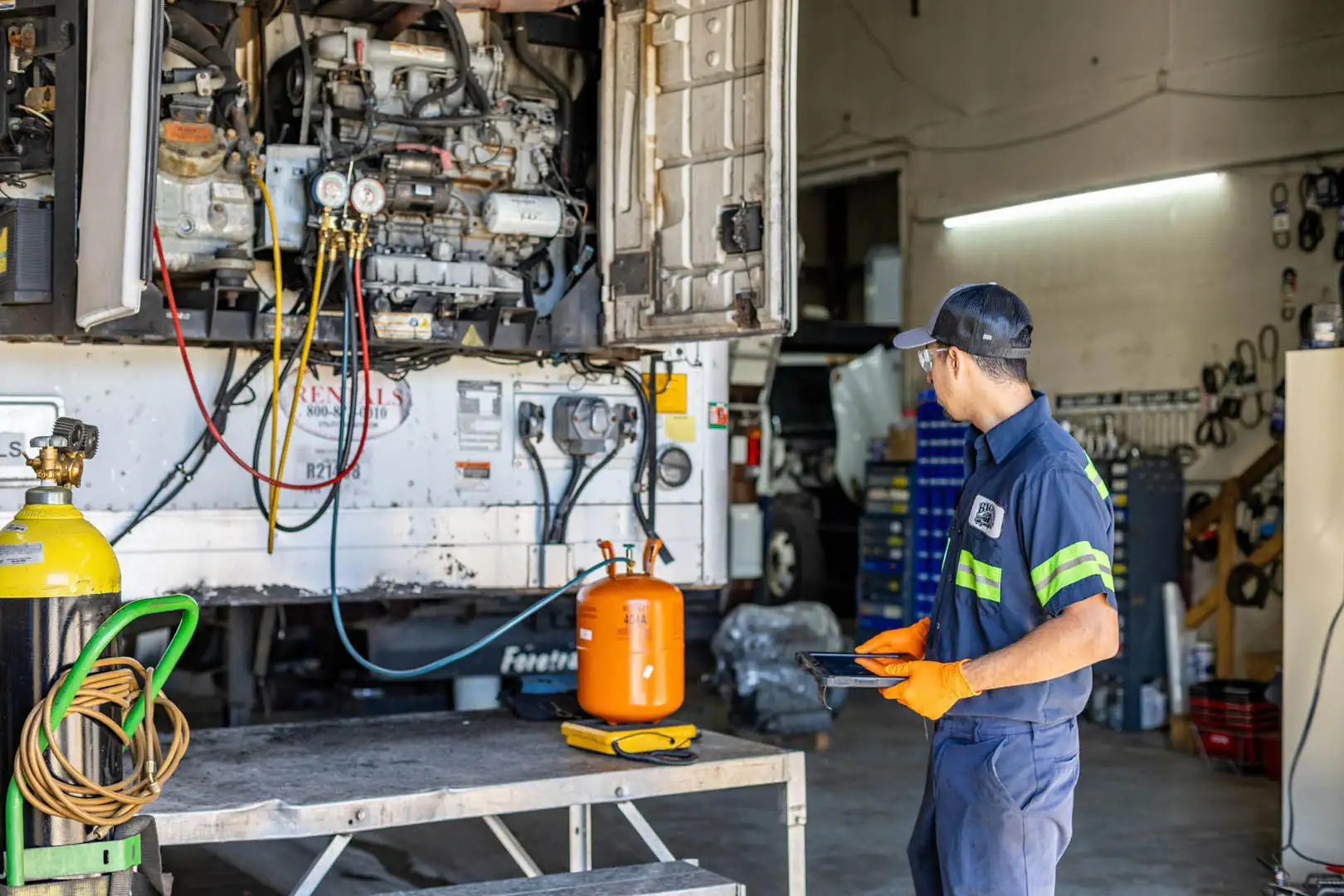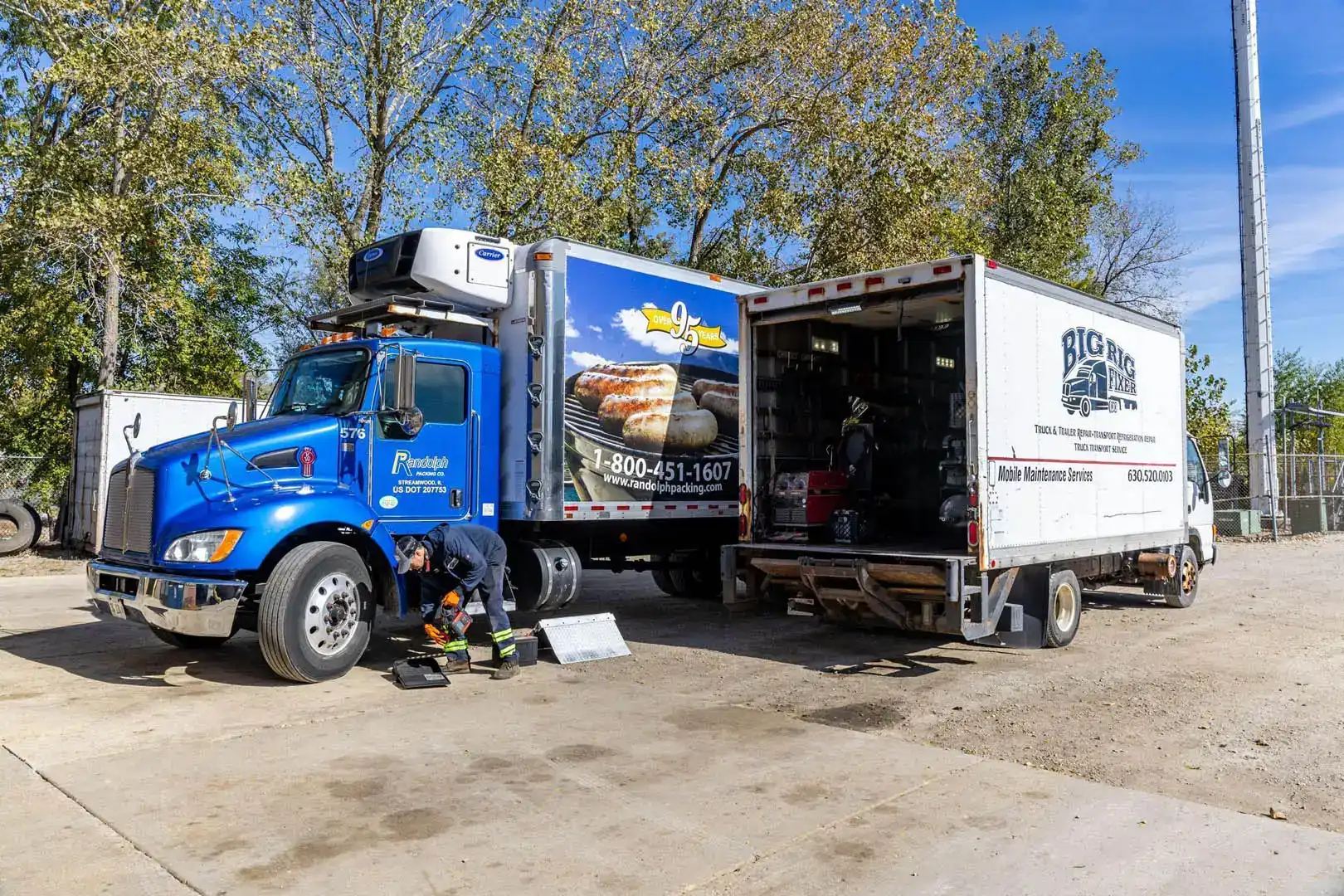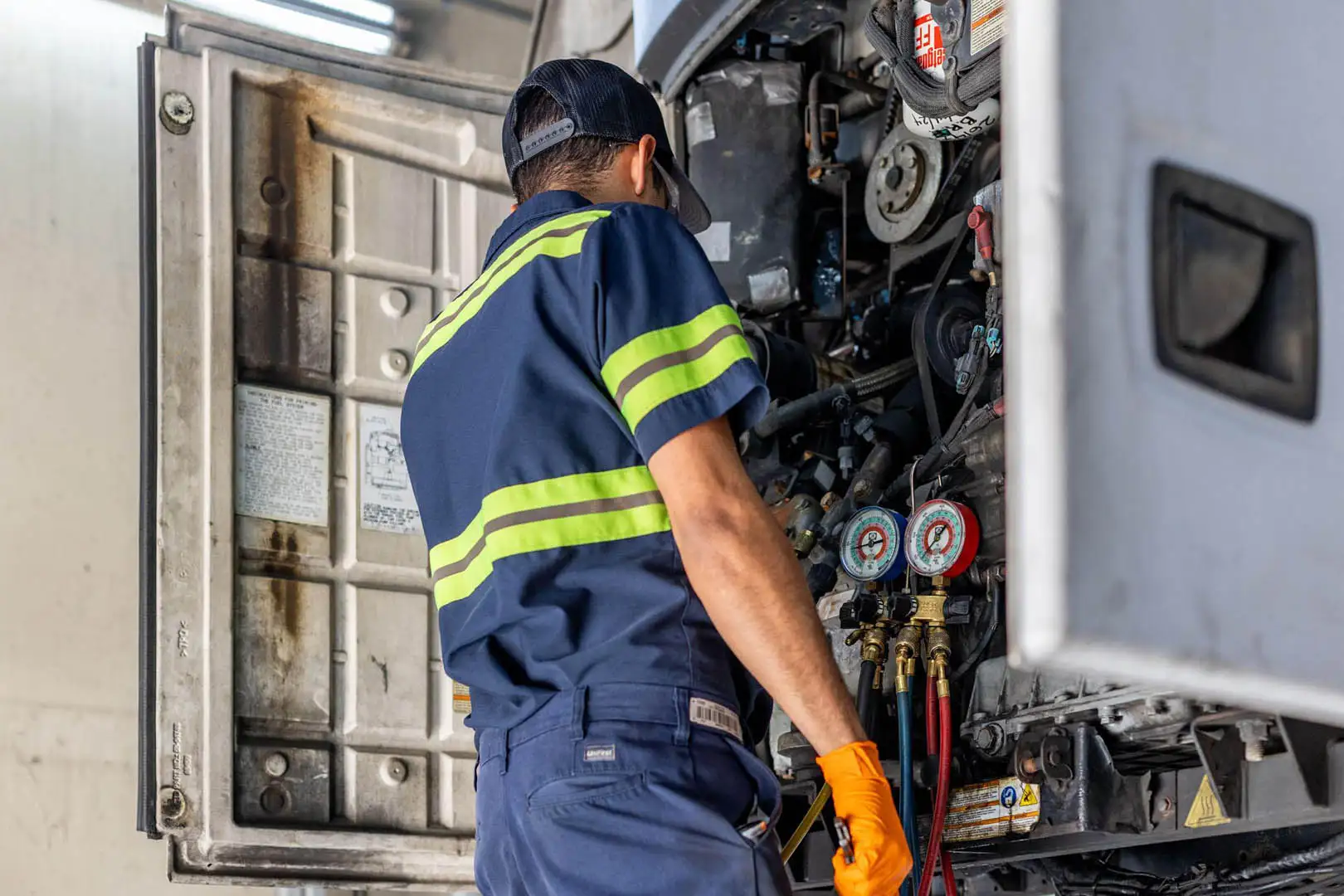5 Common Reasons Your Check Engine Light Is On
Discover the 5 common reasons why your check engine light is on. Learn about oxygen sensors, catalytic converters, and more with tips from Big Rig Fixer in Carol Stream, IL.

Understanding Your Check Engine Light
The check engine light is one of the most concerning dashboard warnings for any driver. When it illuminates, it indicates that your vehicle's onboard diagnostic system has detected a problem that could affect performance, emissions, or both.
5 Common Causes of Check Engine Light
1. Faulty Oxygen Sensor
Oxygen sensors monitor the amount of oxygen in your exhaust system and help your engine run efficiently. A faulty sensor can cause poor fuel economy and increased emissions.
2. Loose or Damaged Gas Cap
A loose, damaged, or missing gas cap can trigger the check engine light. This simple fix can prevent fuel evaporation and maintain proper pressure in the fuel system.
3. Catalytic Converter Issues
The catalytic converter reduces harmful emissions. If it fails, you'll notice reduced acceleration, dark exhaust smoke, and poor fuel economy.
4. Mass Airflow Sensor Problems
This sensor measures the amount of air entering the engine. When it malfunctions, it can cause rough idling, poor acceleration, and engine stalling.
5. Spark Plug or Ignition Coil Issues
Worn spark plugs or faulty ignition coils can cause engine misfires, rough idling, and reduced power output.
Don't Ignore Your Check Engine Light
If your check engine light comes on, don't panic. Schedule a diagnostic appointment with Big Rig Fixer to identify and resolve the issue before it becomes more serious.


